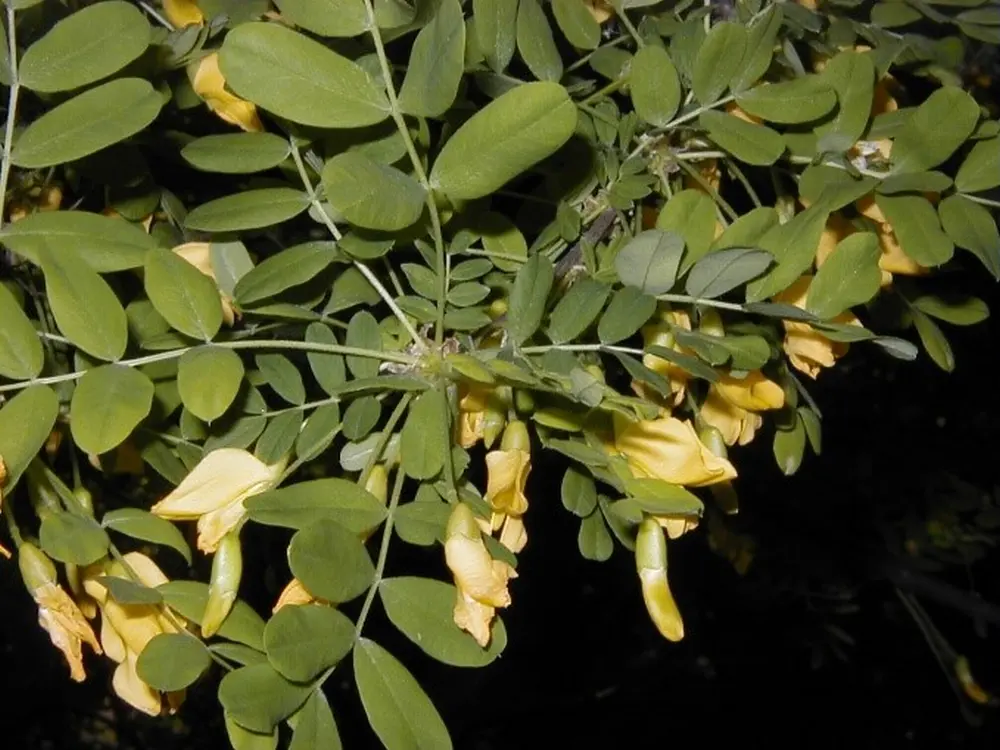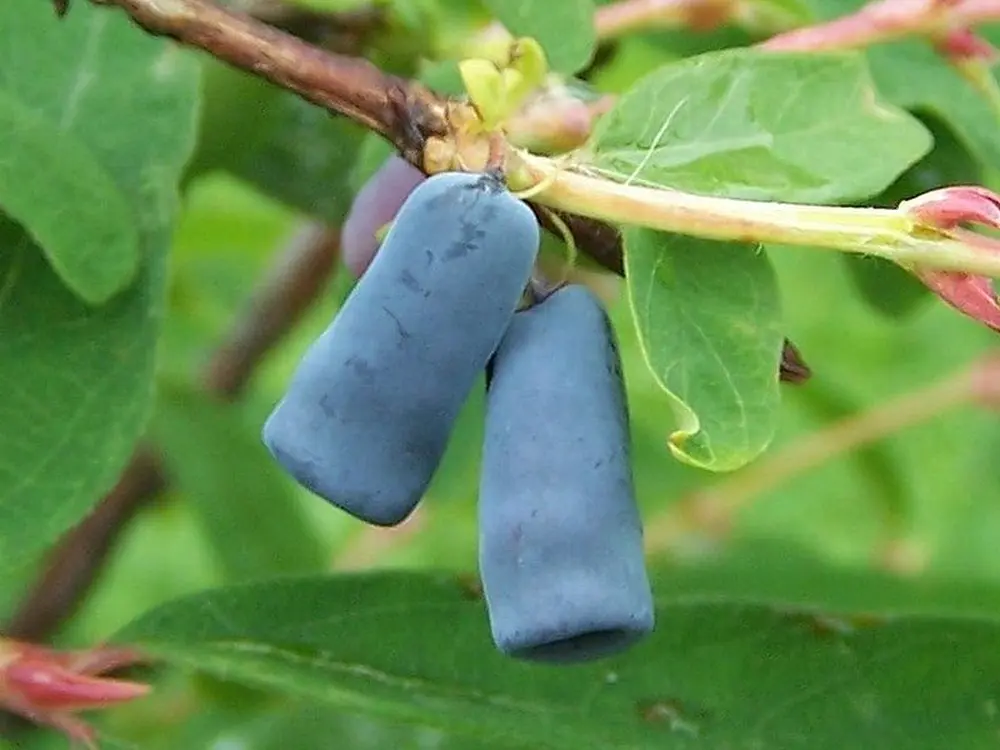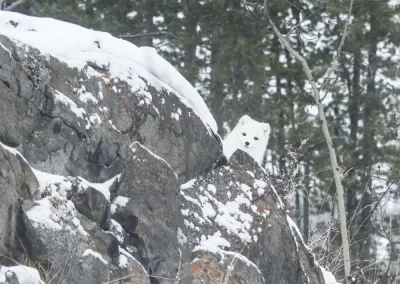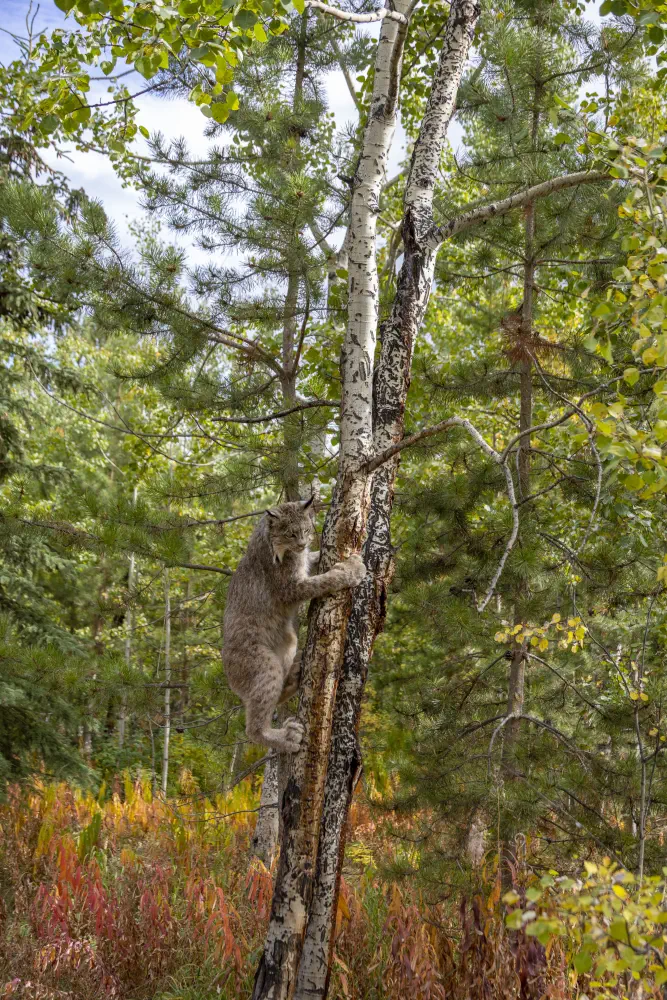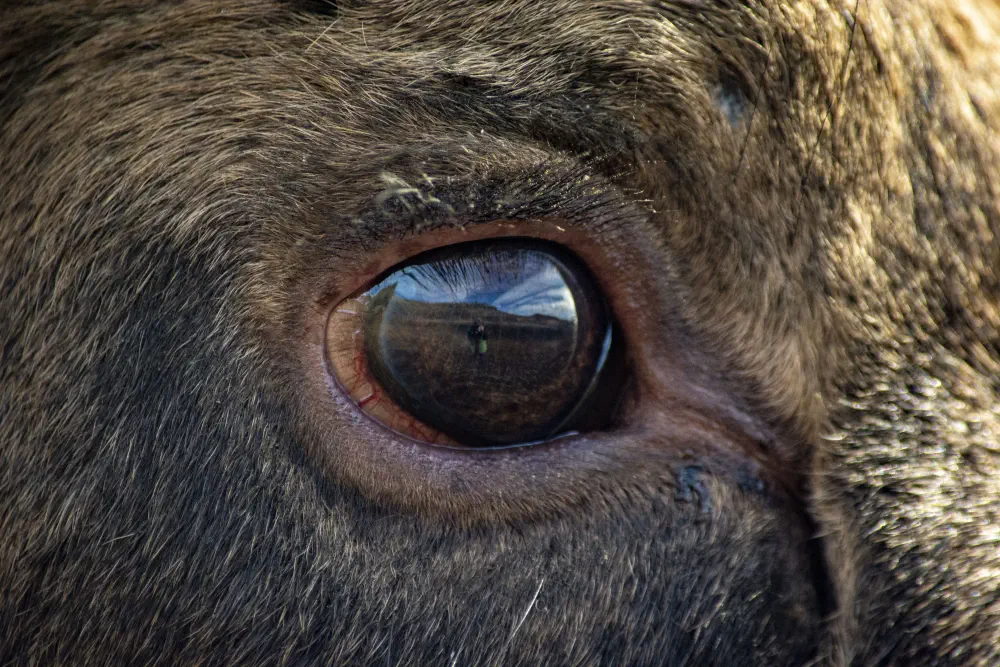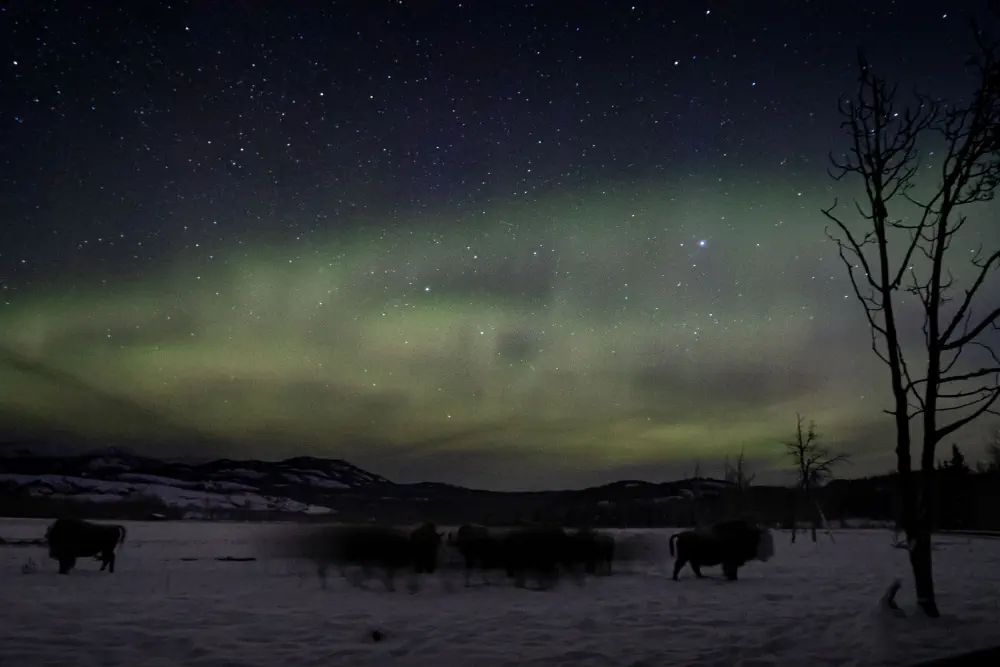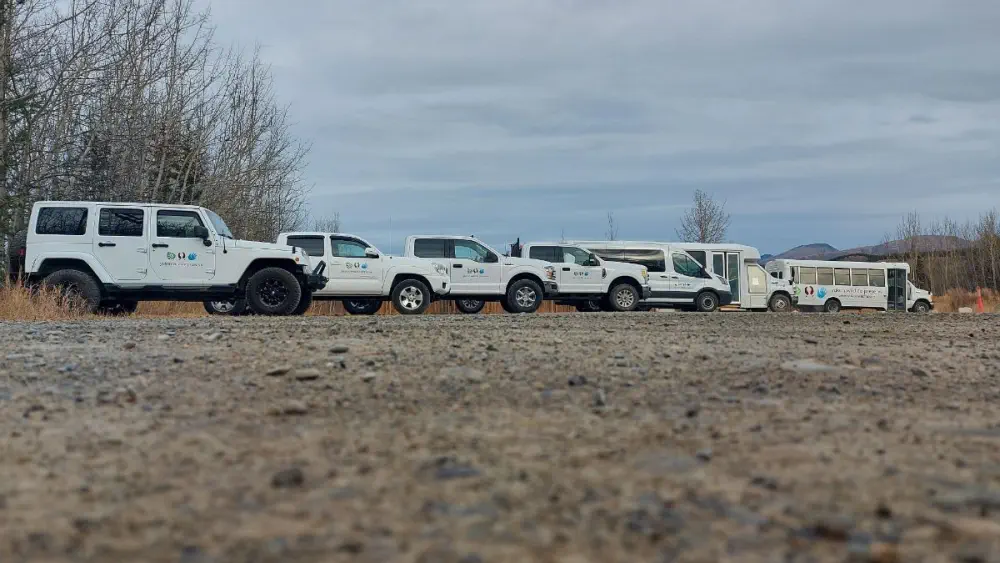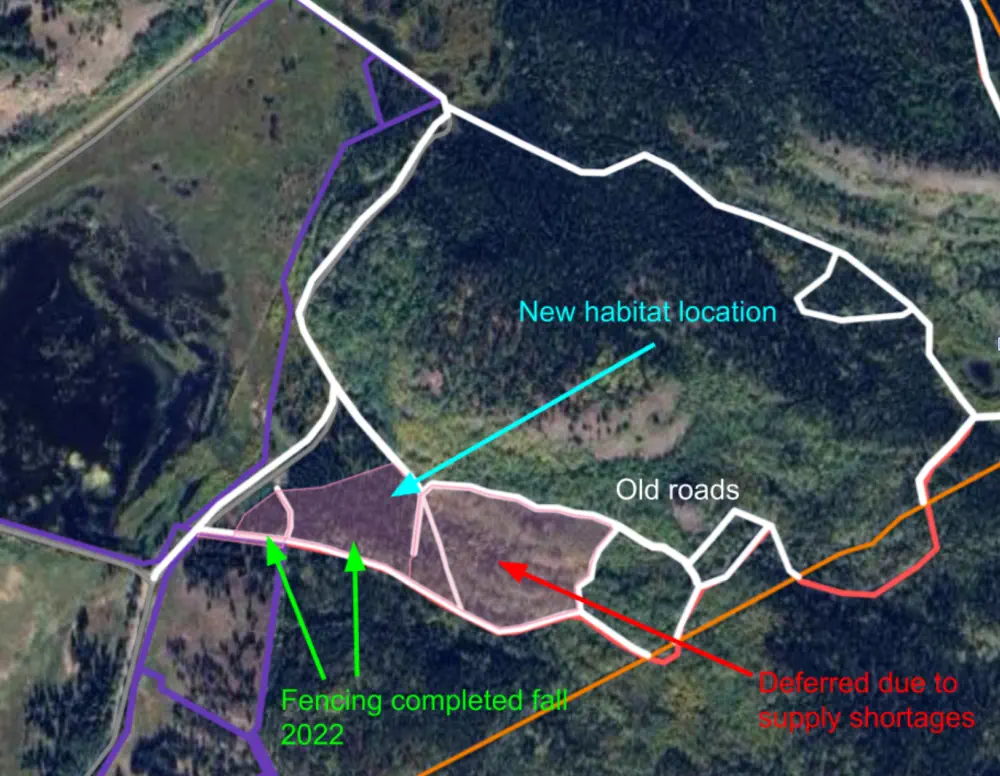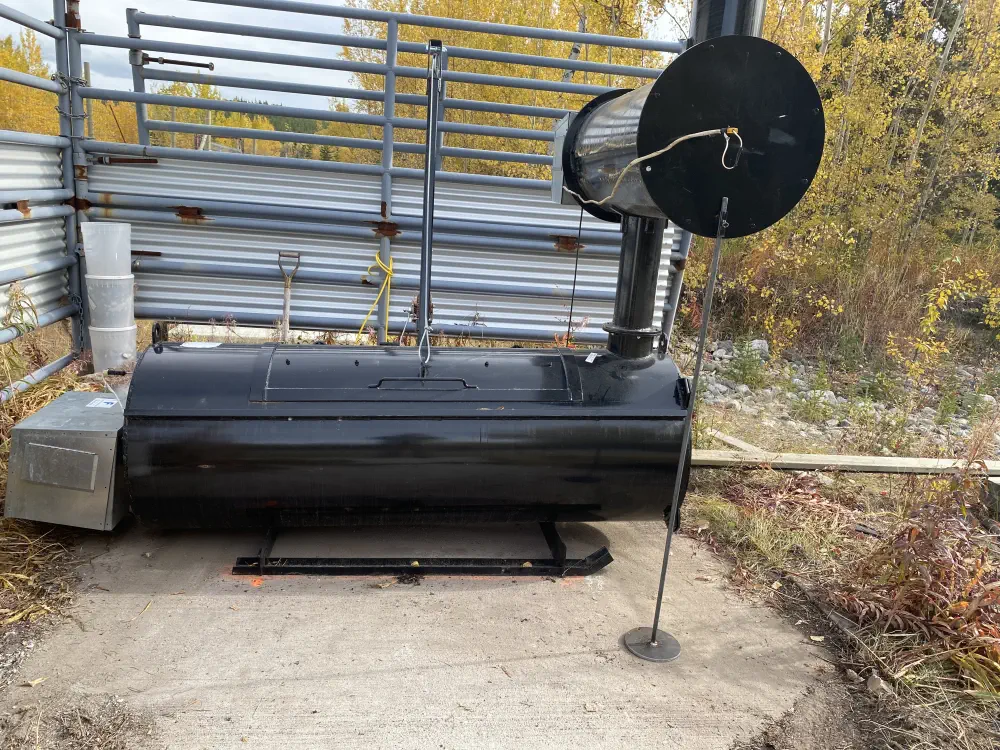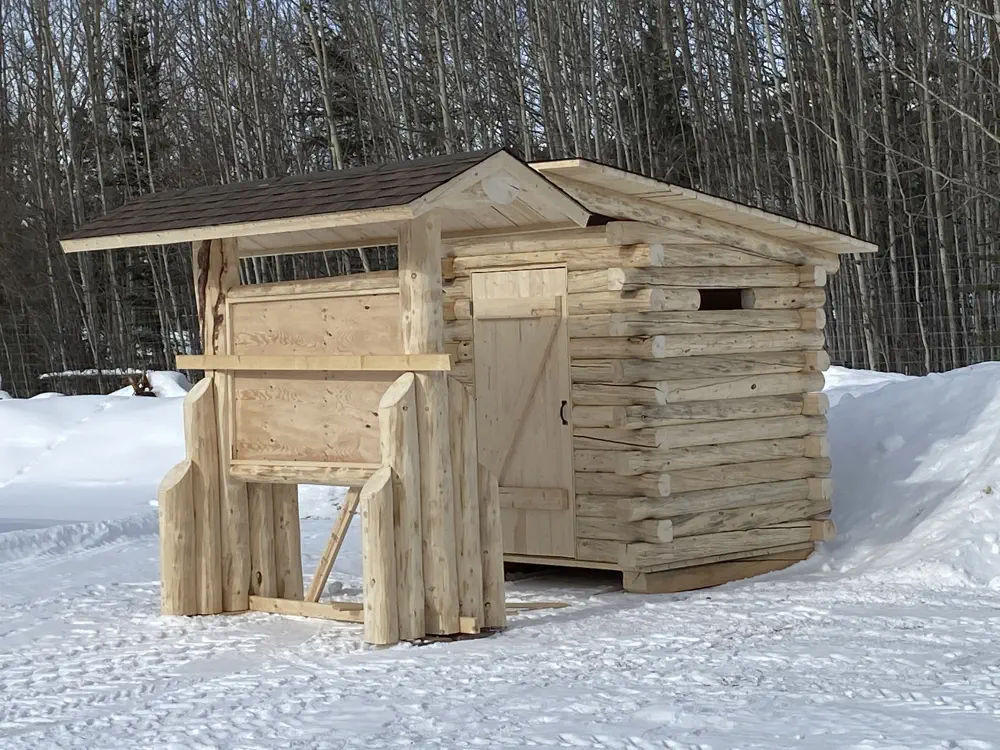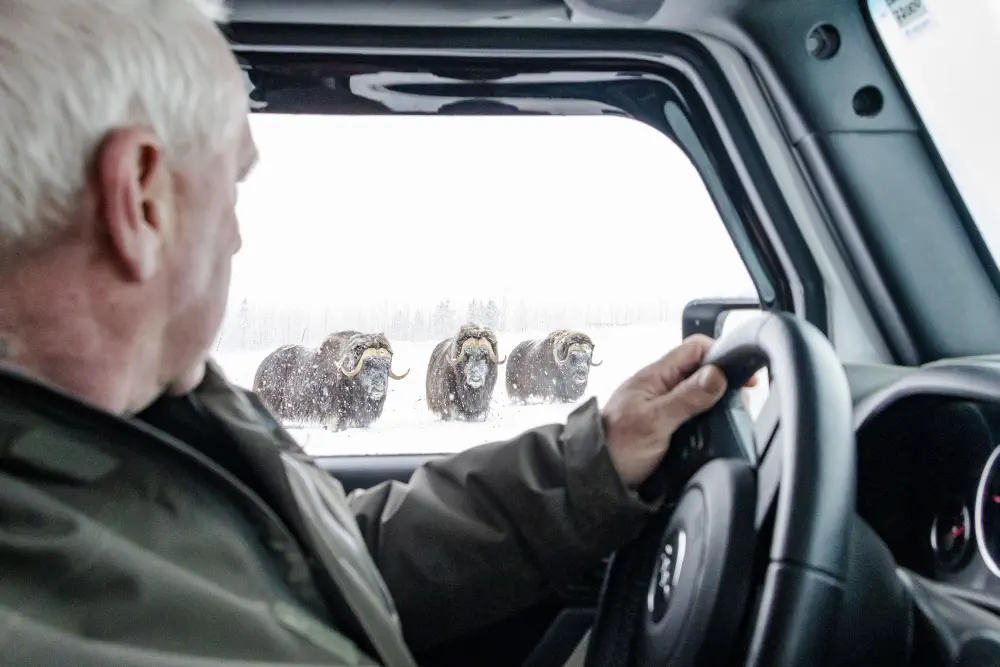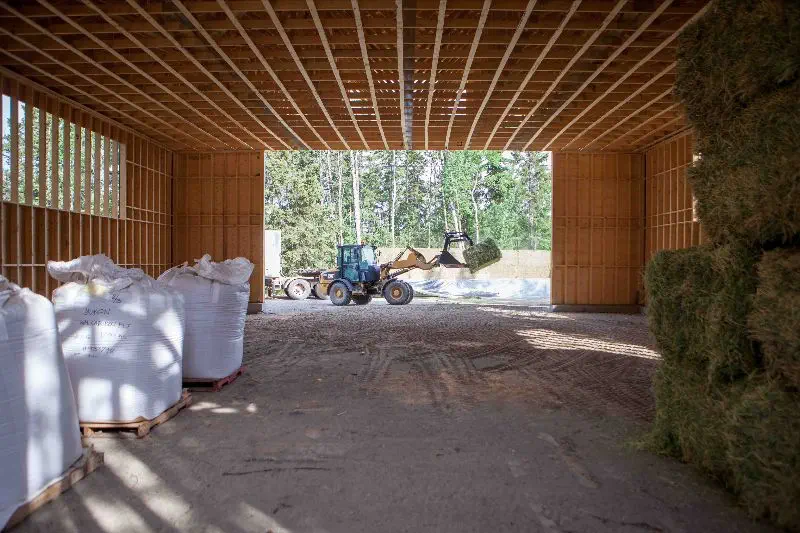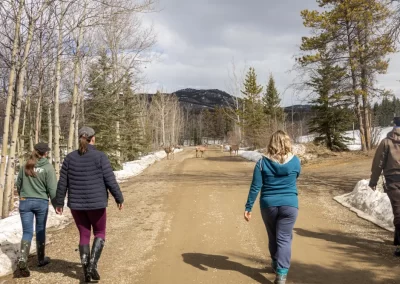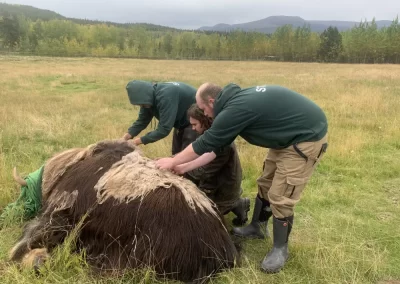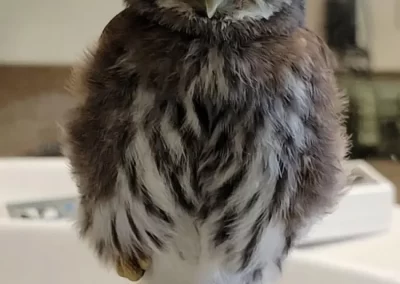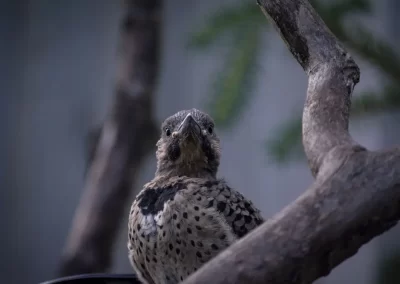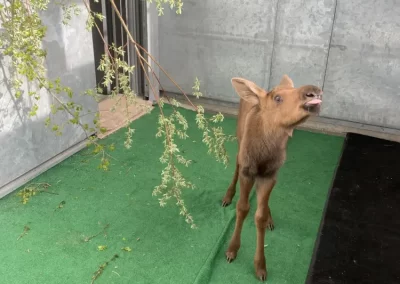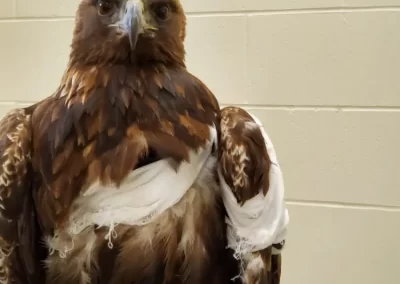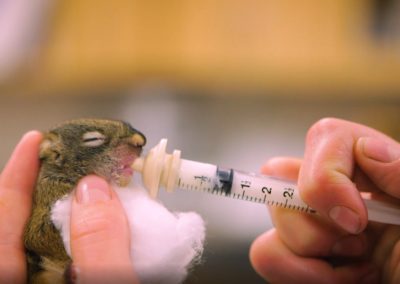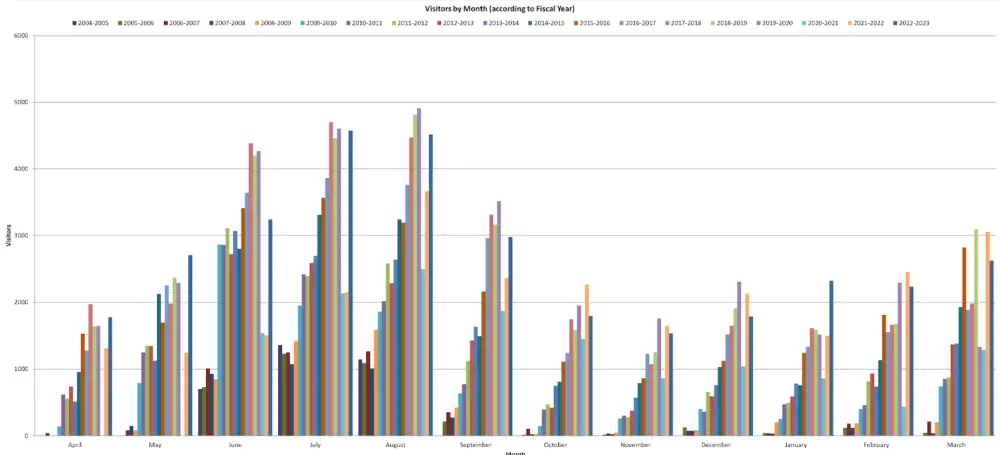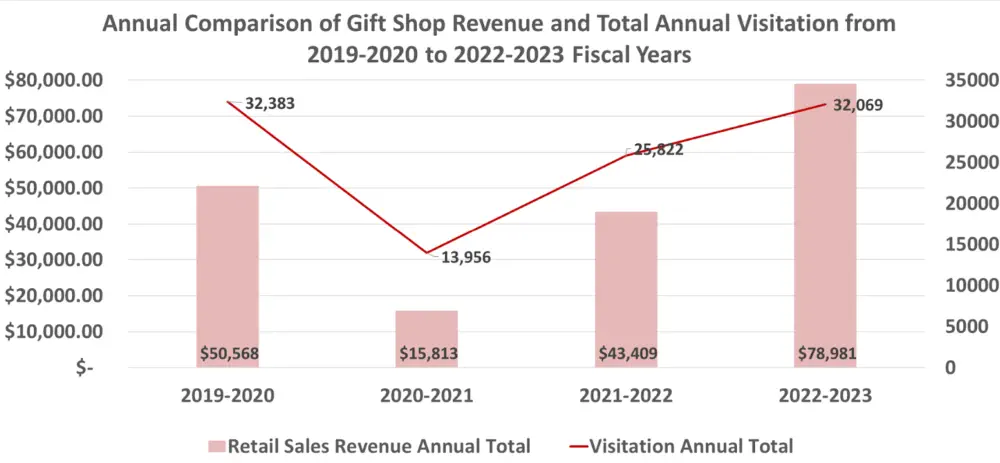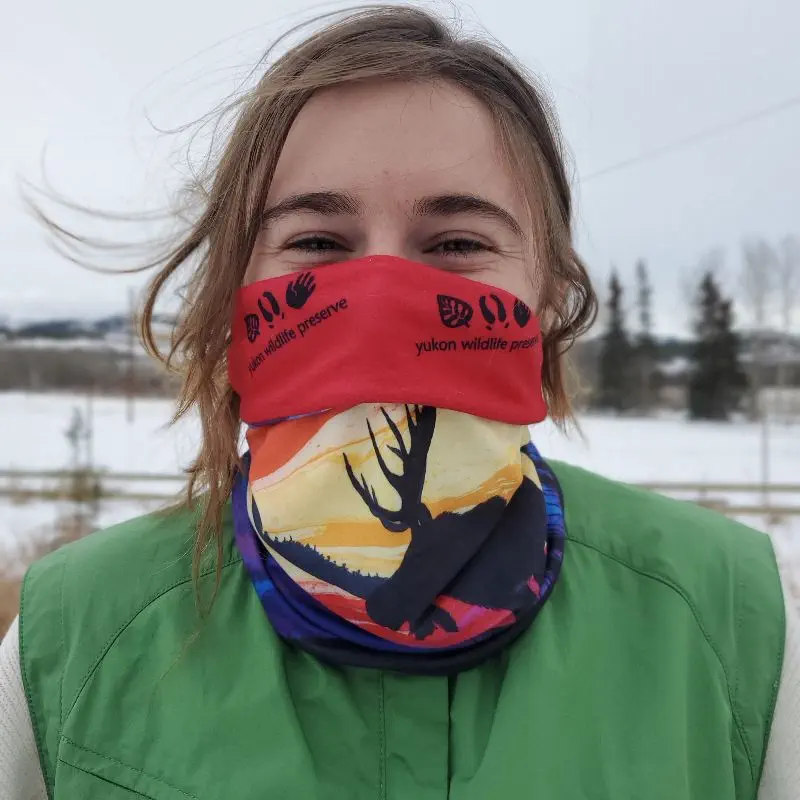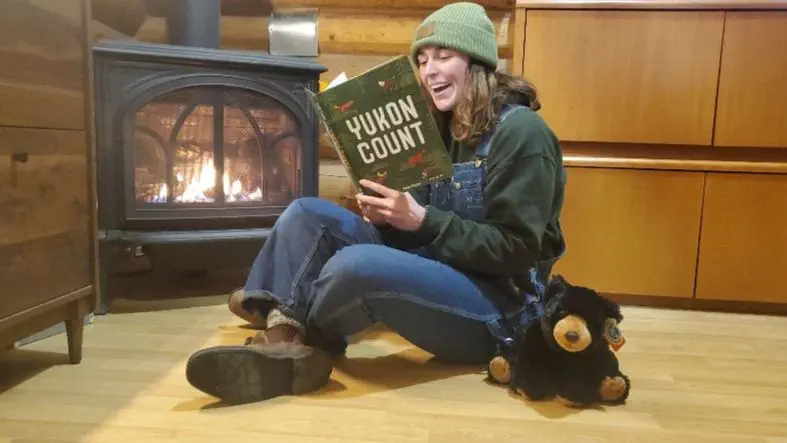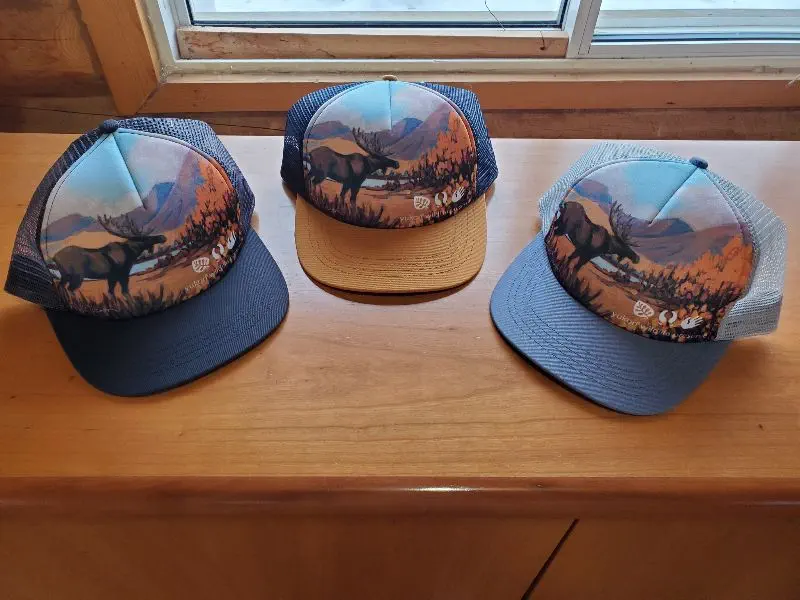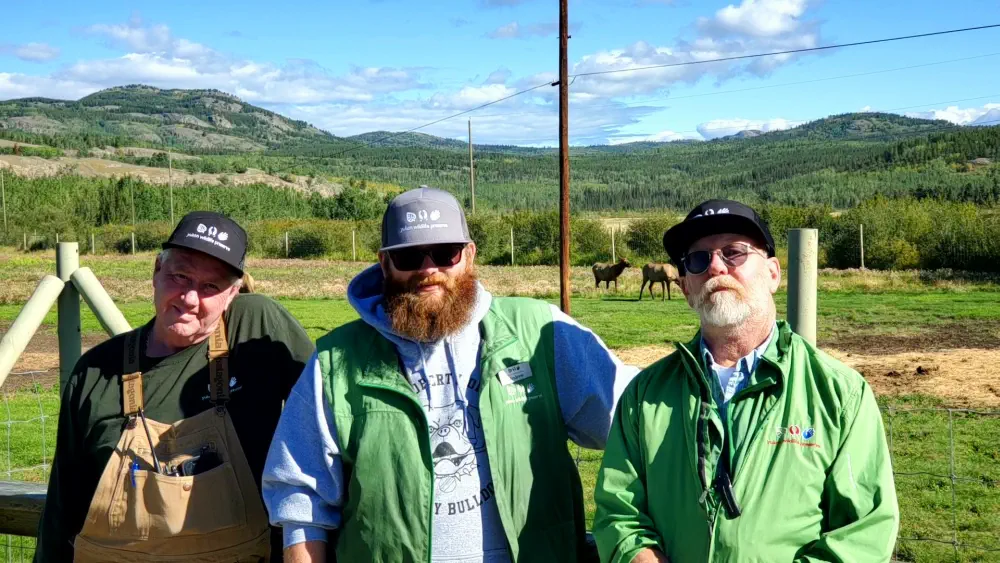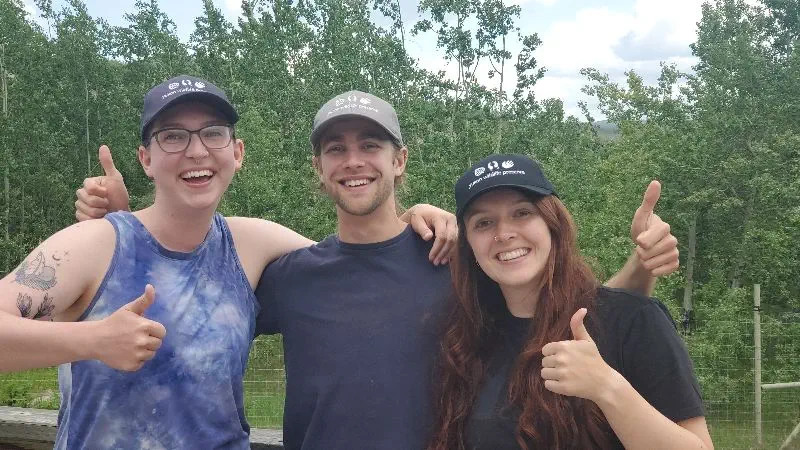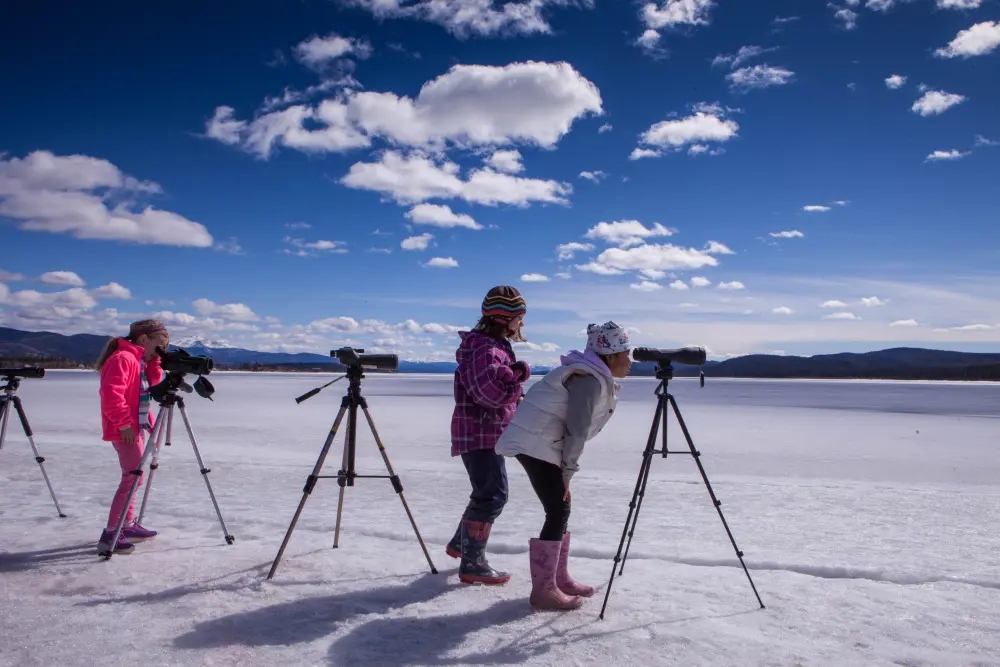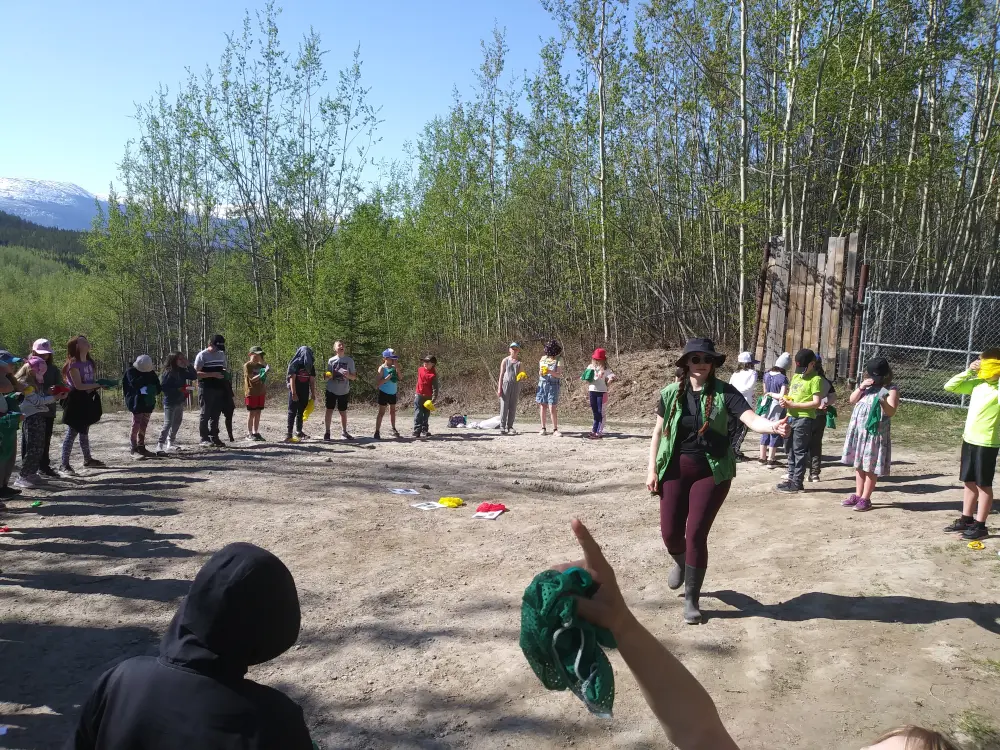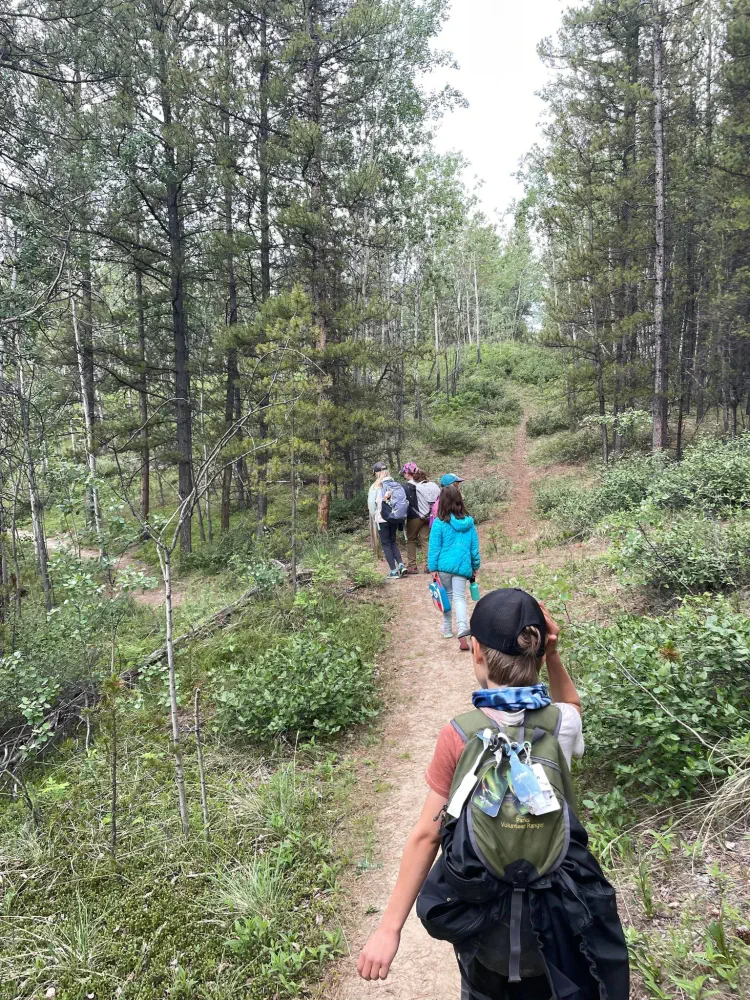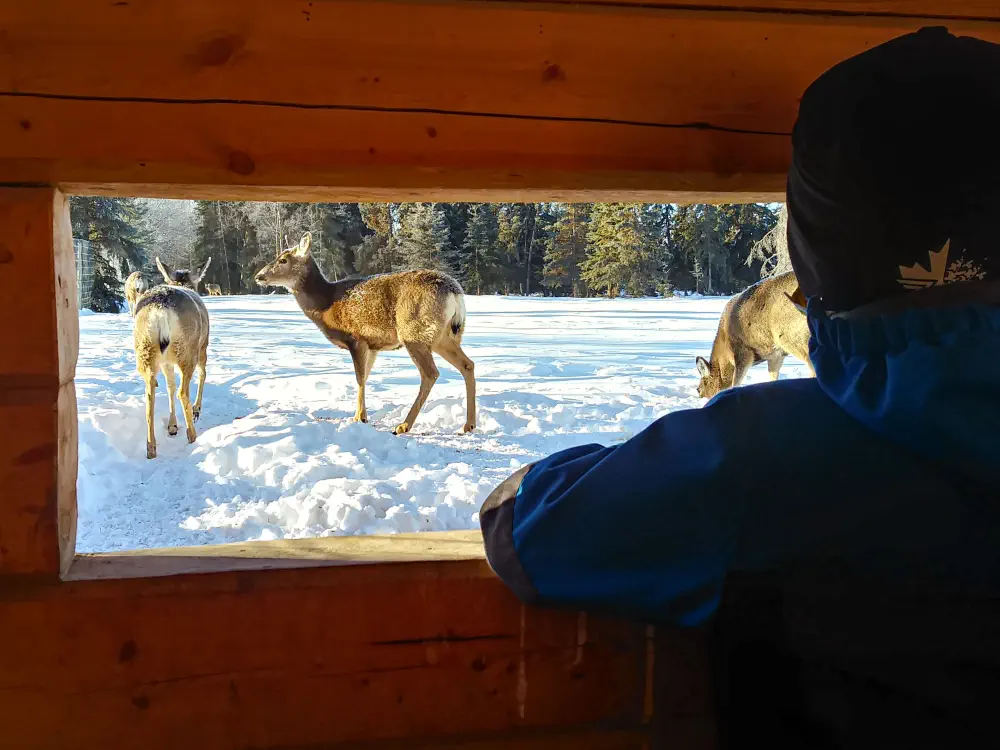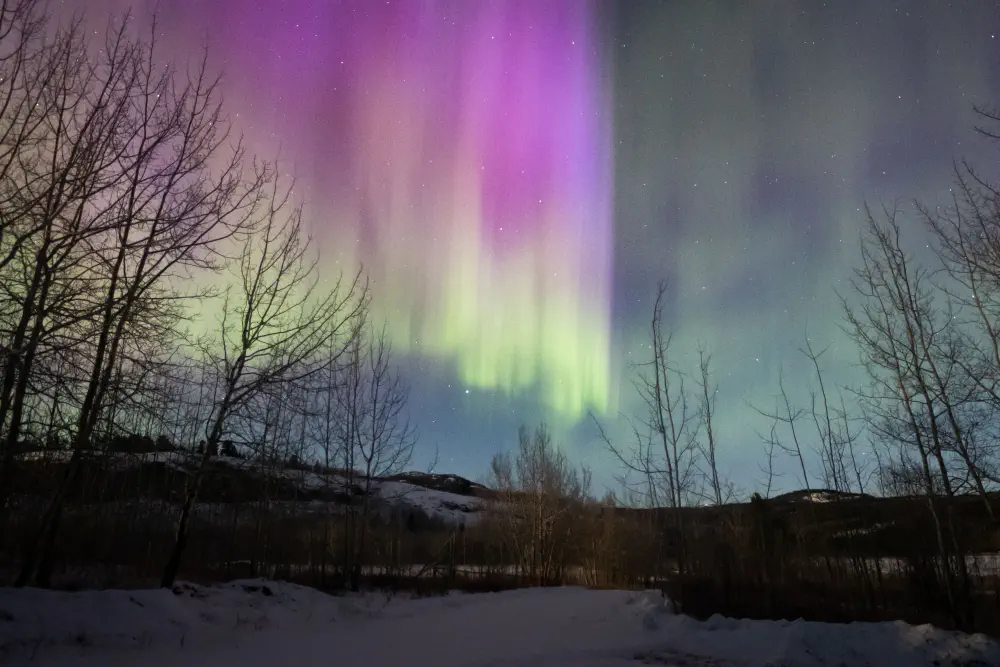
Peashrub Pull
Peashrub Pull
3 min read –
What’s happening to the bushes beside the bison habitat?
These bushes are Siberian peashrub (Caragana arborescens). They are also known as the pea-tree or caragana. This species doesn’t belong here; it is an invasive species.
Yukon Wildlife Preserve represents the territory’s natural ecosystem. To keep the Preserve natural, we are removing the Siberian peashrubs. Willows, roses, and wildflowers will soon be growing here instead. A new trail will allow for better animal and plant viewing.
• • •

The yellow flowers of Siberian peashrubs made them an attractive garden plant.
Peashrub image copyright A. Barra, CC BY 3.0.
How did they get here?
Siberian peashrubs are from Siberia, Mongolia, Kazakhstan, and northern and eastern China. They were first introduced to North America over 130 years ago. Since then, they have spread across many parts of Canada and the United States.
People plant Siberian peashrubs in gardens for their yellow flowers. They are also planted as windbreaks and to hold soil in place. In many places they are now out of control.
• • •

What makes a species invasive?
An invasive species:
- Does not naturally live in this ecosystem
- Has negative impact on the ecosystem, humans, or both
- Spreads rapidly and aggressively, causing major damage to the environment.
• • •
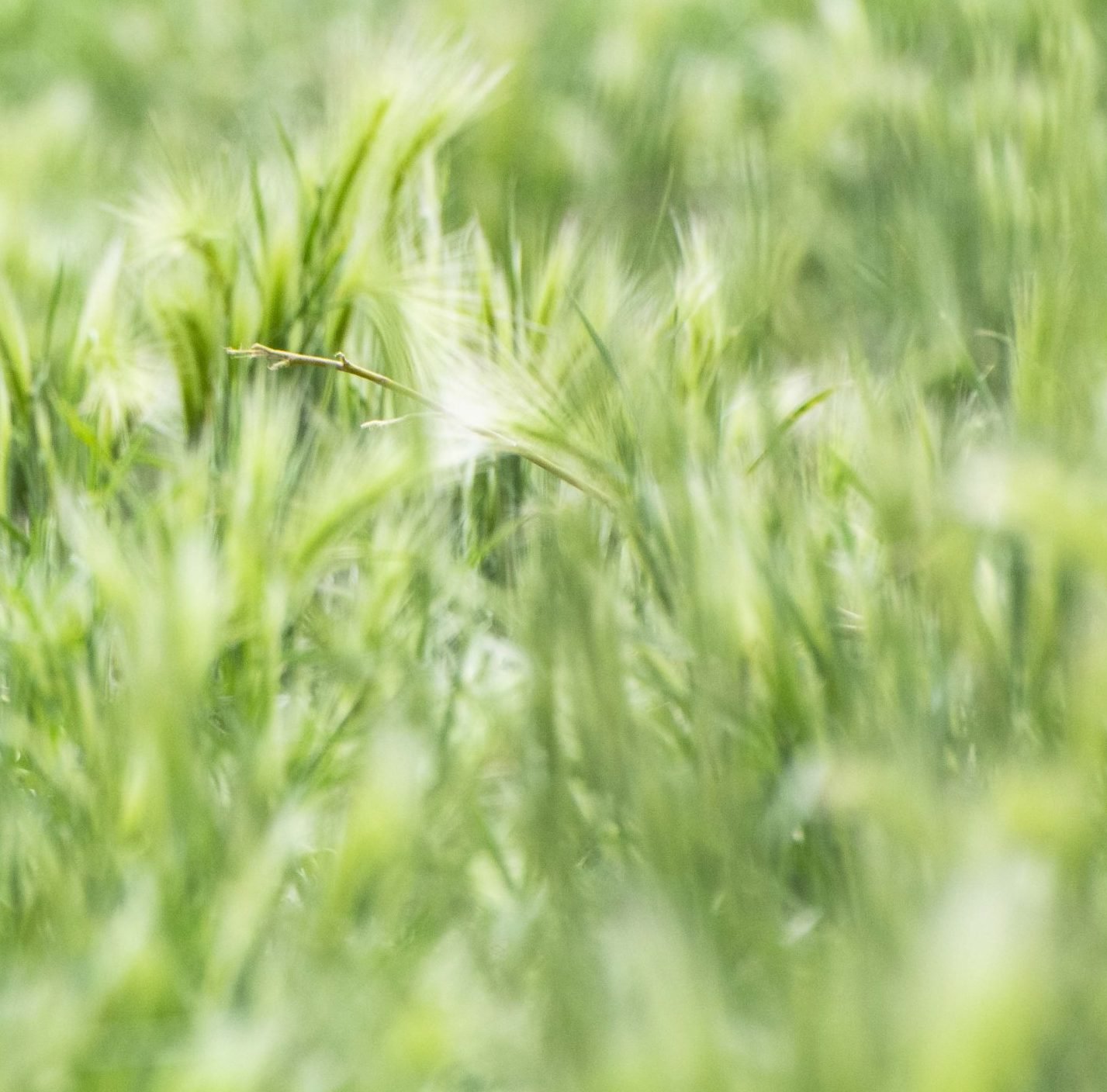
Foxtail barley (Hordeum jubatum) is also an invasive species. At the Preserve, we are working to remove this as well.
What can you do?
Invasive plants threaten Yukon’s natural balance. Even some common garden plants can become invasive! By being careful what we plant in our homes and neighbourhoods, we can all contribute to a more natural territory.
• • •
Haskap berry bushes are one of many native plants that can replace invasive Siberian peashrubs in your garden. Haskap image copyright Opiola J., CC BY-SA 3.0.
Want more information?
Want more information on safer gardening? The Yukon Invasive Species Council has many resources: www.YukonInvasives.com.
• • •

We thank the Yukon Foundation for funding to support invasive species removal and ecological restoration.
We thank Lotteries Yukon for funding to support trail construction.
We also thank our summer Nature Camp participants for their hard work in removing Siberian peashrubs.
• • •

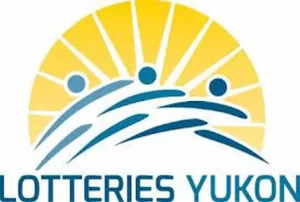

Education Team
This project is brought to you by the hard work and creativity of the Education team at Yukon Wildlife Preserve.

Box 20191
Whitehorse, Yukon
Y1A 7A2

